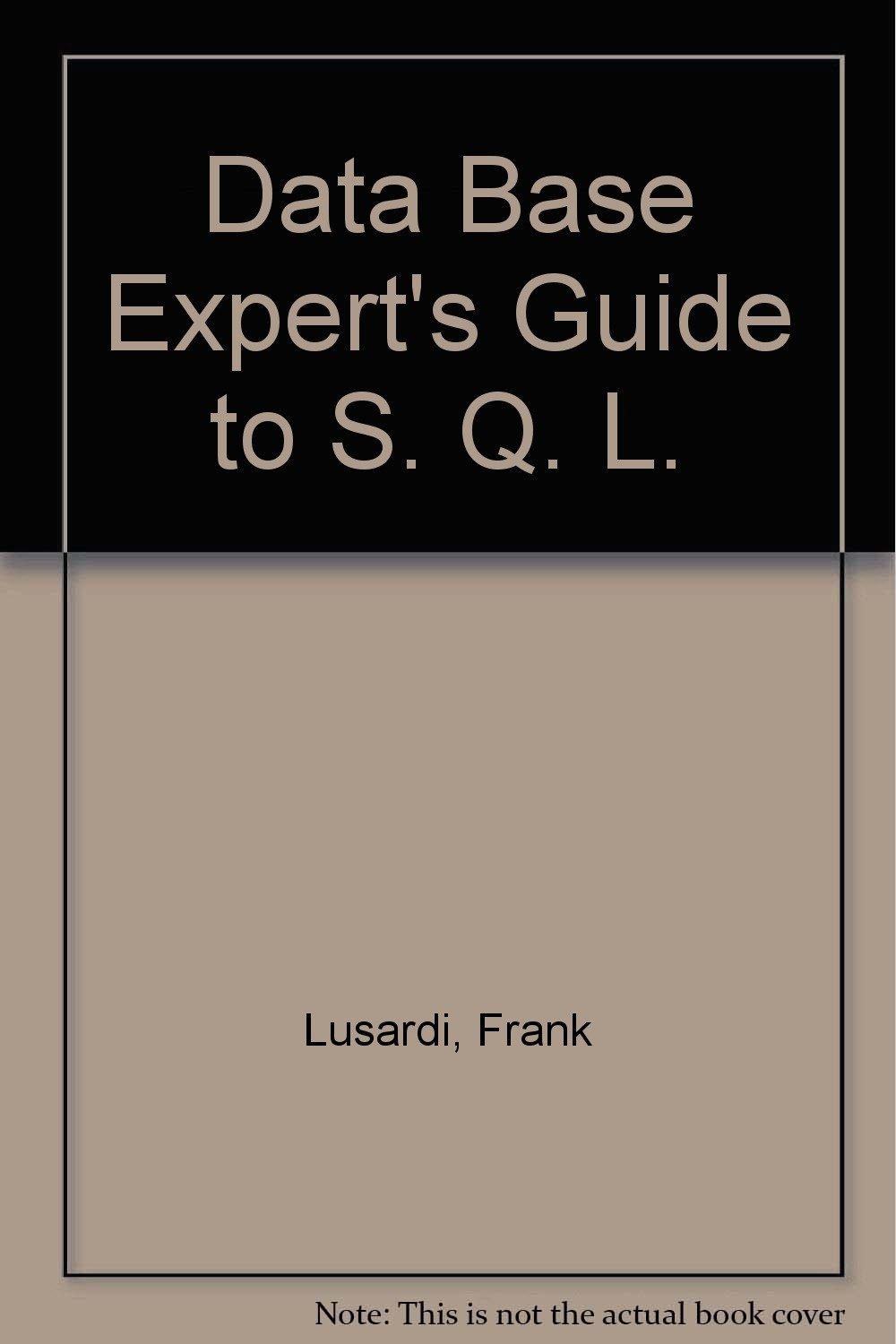Answered step by step
Verified Expert Solution
Question
1 Approved Answer
1 . Systhesise the given arguments from the research tittled 'Design of a Model for Augmenting Digital Forensics into Information System Audit in the Financial
Systhesise the given arguments from the research tittled 'Design of a Model for Augmenting Digital Forensics into Information System Audit in the Financial Sector', arguments: Challenges in Information System Audits Steps
Information System Audit steps alone are not sufficient to ensure a full, complete, and reliable audit conclusion and findings due to several reasons. Firstly, the audit steps focus primarily on evaluating the controls and processes within the information system. While this provides valuable insights into the system's effectiveness and compliance, it may not uncover all potential risks and vulnerabilities. Secondly, information system audits often rely on sampling techniques to assess the system's performance. This means that only a subset of the system's transactions and activities are examined, which introduces the possibility of overlooking critical issues that may exist in the unsampled data. Furthermore, information system audits may not capture emerging risks and threats that are constantly evolving in the rapidly changing technological landscape. The audit steps may not be designed to address new and emerging technologies, leaving potential gaps in the assessment of the system's security and reliability. In Information Systems IS auditing, a riskbased approach involves focusing on areas of highest risk within an organization's IT environment. This approach prioritizes audit efforts on systems, processes, or controls where a failure would pose the greatest risk to the organization, considering factors like financial impact, regulatory compliance, data integrity, and operational efficiency.
Limitations of Traditional EvidenceGathering Techniques in Auditing Information Systems
The traditional evidencegathering techniques inspection observation, inquiry, confirmation, recalculation, reperformance, and analytical review may not be sufficient due to the evolving nature of information systems and the increasing complexity of cyber threats. These steps might lack the capability to detect sophisticated cyberattacks and persistent threats that can manipulate or erase traces of malicious activities. Additionally, these methods may not be adept at identifying subtle anomalies or unauthorized access, impacting the overall reliability and integrity of the audit conclusions.
The traditional steps may fall short of ensuring the confidentiality, integrity, and availability CIA of data in audited systems. With the increasing sophistication of cyber threats, these methods may not effectively identify data breaches, unauthorized alterations, or compromised access controls. There is a need for more advanced techniques that can provide a holistic view of the system's security posture.
Traditional evidencegathering techniques, while foundational, may lack the sophistication needed to address the intricacies of modern information systems. With the rise of advanced persistent threats APTs and sophisticated cyberattacks, these methods may overlook subtle indicators or fail to detect manipulations in the digital environment. Additionally, in an era of cloud computing, IoT, and distributed systems, traditional methods may struggle to provide a comprehensive view of the entire digital landscape.
The confidentiality, integrity, and availability CIA triad are critical components of information security. Traditional evidencegathering steps might not be sufficient to ensure these principles due to their limitations in detecting insider threats, unauthorized data access, or advanced malware. A lack of realtime monitoring capabilities and an inability to analyze large datasets swiftly may result in inadequate validation of the data's CIA. Insufficient for validating data confidentiality, integrity, and availability, these methods may overlook subtle manipulations.
To validate the evidence collected and ensure the CIA of the data entailed in the audited system, auditors use computerassisted audit techniques CAATs CAATs can validate the evidence collected by using advanced algorithms and statistical methods. CAATs can also ensure the CIA of the data entailed in the audited system by using encryption, hashing, and other security mechanisms. ComputerAssisted Audit Techniques CAATs alone are not sufficient to validate the evidence collected because they have their limitations CAATs may not be able to detect all errors or frauds, and they may not be able to handle different data formats. The impact of these limitations is that the audit may not be able to detect all material misstatements, which could lead to an incorrect audit opinion. based on this develop a model that intergrate didital forensics into IS audit in the financial audit, the model must be feasifull and can be used. Give the model a name. Drraw a flow of how the prposed model will be working? Take into considerations digital forensics and what positive impact or enhancement it will brings?
Step by Step Solution
There are 3 Steps involved in it
Step: 1

Get Instant Access to Expert-Tailored Solutions
See step-by-step solutions with expert insights and AI powered tools for academic success
Step: 2

Step: 3

Ace Your Homework with AI
Get the answers you need in no time with our AI-driven, step-by-step assistance
Get Started


